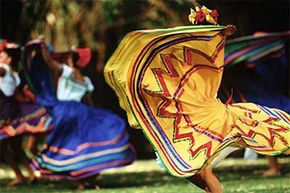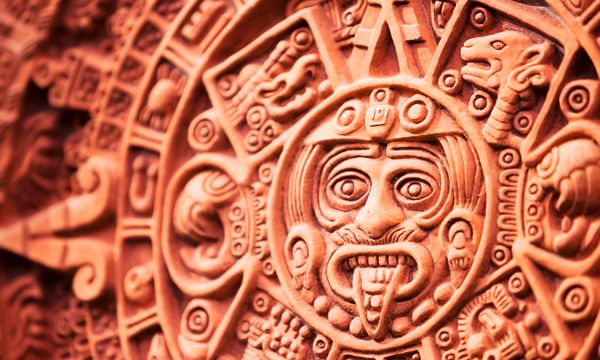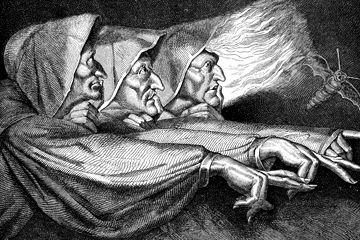The tale of Brer Rabbit. The rain dance performed by many Native American tribes. Those silly chain letters that implore you to pass them on, stat, lest misfortune strike. All of these are examples of folklore, an all-encompassing, sort-of-hard-to-pin-down concept. Folklore is myth and legend, art and dance. It's rituals and special birthday meals, how you treat a cold and the ghost stories you told each other as kids. It permeates every culture on Earth, connecting people to their collective past while helping them make sense of the present. Folklore doesn't have to mean something that is old or "rural." It's constantly changing, always fresh, yet always grounded in the past. The American Folklore Society notes that it has no official definition for "folklore" because folklorists define it in so many different ways.
Folklore has been around as long as people have. Yet the term "folk-lore" (as it was originally styled) wasn't coined until 1846, when English scholar William J. Thoms came up with the word [source: The Ohio State University]. Previously, more awkward phrasing was used to describe it, such as "popular antiquities" and "bygones." Originally passed on orally, folklore (tales, proverbs, jokes) became written as well around the 16th and 17th centuries [sources: Jaffe, Thompson]. Before that, writers might have drawn inspiration from folktales, but they did not actually record them.
Advertisement
Many forms of folklore are common to people around the world, even if they don't live near one another, speak the same language or have any discernable connection. Frogs and toads, for example, are at the center of innumerable pieces of folklore. In many Chinese stories, the central trickster is a toad; in medieval Europe, frogs were seen as evil imps who accompanied witches. But they were also viewed as masters of transformations – most everyone in Western culture knows the tale of the frog prince [source: Wanner].
Similarly, many cultures have creation myths involving a great flood [source: House]. Perhaps the most important thing we can learn from folklore, then, is that it shows people are essentially the same no matter where they live, or how long ago they walked the earth.



